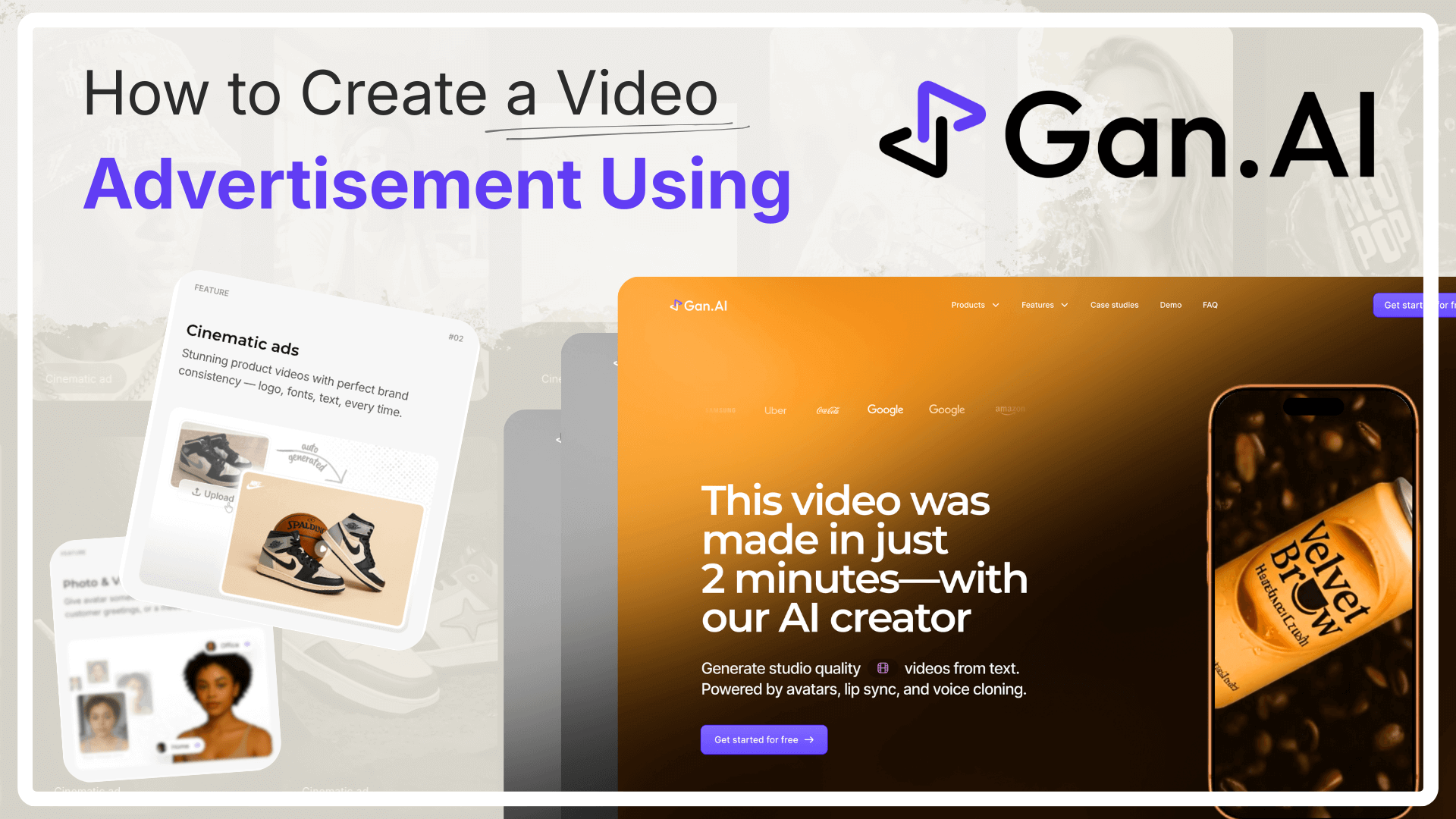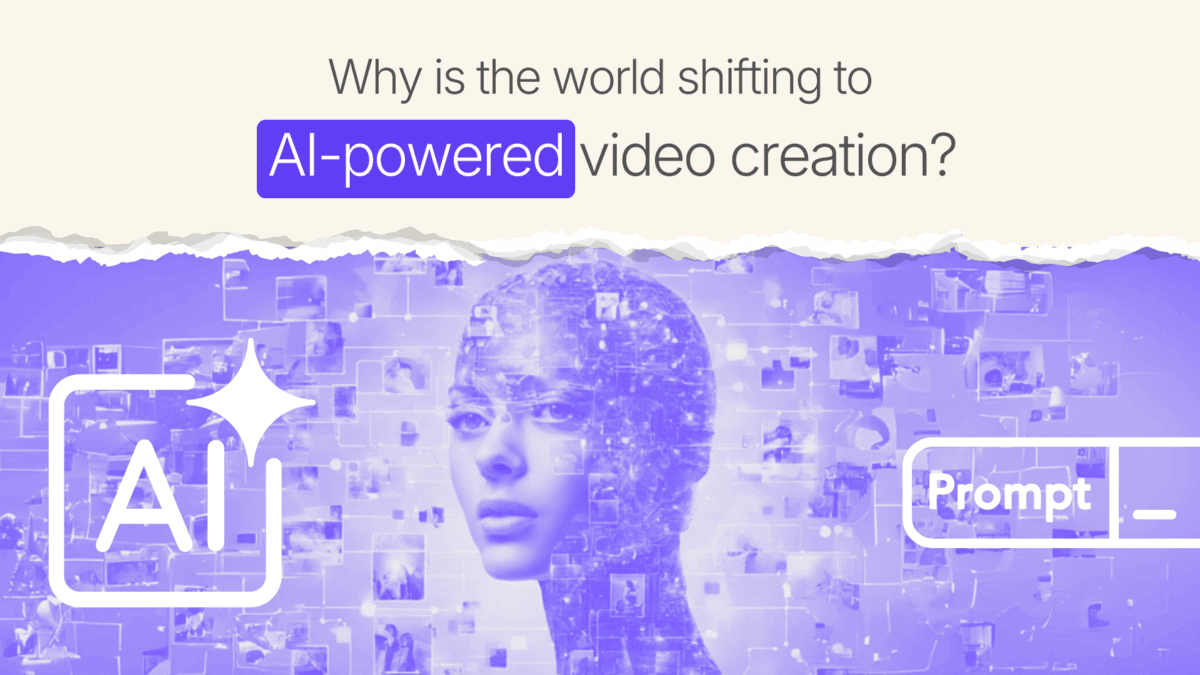Realistic AI Avatars vs Cartoon Avatars: Which One Converts Better?
You’ve got a tough call to make: should your next campaign feature a lifelike digital spokesperson or a stylized cartoon character? The debate — realistic AI avatars vs cartoon avatars: which one converts better? — won’t go away. It isn’t just a design question. It’s a dollars‑and‑sense decision that shapes click‑throughs, sign‑ups, demos, and revenue.
For expert claims, a human‑like avatar often signals credibility and fosters trust. It feels closer to a real spokesperson. For first‑touch attention, a charming cartoon can break the ice, lower defenses, and win precious seconds in a fast scroll. It feels safe and playful. The trick is knowing where each style shines, and where it backfires. A stiff, uncanny face can spook viewers. An over‑cute character can trivialize serious offers. Your choice must match your audience, channel, and promise.
In this guide, we run head‑to‑head comparisons between the two styles. Each round starts with a clear take and ends with concise, do‑this‑now bullets you can act on.
You’ll see when cartoon avatars vs realistic avatar is the better bet, and when the reverse is true. Use these rounds to pick a default, set a baseline, and test your way to the winner.

Photorealistic AI Avatars vs Illustrated Cartoon Avatars: Which Perform Better?
Round 1: Trust & Authenticity
When stakes are high, trust does the heavy lifting. A realistic AI avatar looks and behaves like a person. That familiarity can boost perceived credibility, especially for expert advice, testimonials, or price‑sensitive offers. Yet there’s a twist: in sensitive or playful contexts, a cartoon avatar can feel safer and more honest because it doesn’t pretend to be human. It signals, “This is a crafted character,” which can lower resistance and make hard topics easier to digest. In short, realism often wins for proof and persuasion; cartoons often win for comfort and openness.
- Where realistic tends to win: high‑ticket sales, regulated categories (finance, health, legal), B2B demos, founder messages, and social proof videos.
- Where cartoons tend to win: youth or casual audiences, safety or privacy‑sensitive topics, playful consumer brands, first‑touch ads where disarming tone matters.
- Common failure modes: uncanny‑valley realism (stiff eye lines, odd lip sync) that hurts trust; cartoons that get too goofy for serious claims.
- How to test: A/B the same script, CTA, and runtime. For realism, keep lighting and framing consistent to avoid “fake” cues. For cartoons, simplify shapes and motion so the message (not the gimmick) takes center stage.
- Metrics to watch: scroll‑stop or thumb‑stop rate, average watch time, CTA clicks, demo‑book rate, reply rate to outbound, and downstream conversion to paid.
In practice, trust isn’t won in a single frame — it builds over time through consistent cues. Whether you lean on realism or cartoons, make sure your creative decisions align with your audience’s expectations and your brand’s promises. This early alignment makes every subsequent touchpoint more persuasive and helps prevent costly mismatches later in the funnel.
Round 2: Brand Fit & Emotional Tone
Style isn’t just skin‑deep; it signals your brand’s promise in the first second. Realistic avatars carry the weight of expertise. They feel premium, grounded, and authoritative — great for brands that want to be “the grown‑up in the room.”
Cartoon avatars telegraph play, friendliness, and inventive energy. They’re ideal for brands that want to invite curiosity, lighten complex topics, or show a warmer vibe. Choose the avatar that matches your core archetype, or you’ll create a jarring mismatch that drags down conversions.
- If your brand voice is expert or premium: realism reinforces trust, price integrity, and a consultative tone.
- If your brand voice is playful or maker‑driven: cartoons amplify approachability, curiosity, and shareability.
- Channel nuance: LinkedIn, investor decks, and sales enablement prefer realism; TikTok, shorts, and community content often reward cartoons.
- Tone traps: a stern realistic avatar pitching a whimsical product feels off; a zany cartoon promising serious medical outcomes erodes credibility.
- Blend strategy: pair a cartoon for top‑funnel awareness pieces and a realistic avatar for the explainer, webinar invite, or pricing walkthrough.
Your brand’s tone sets the rules for this round. The more aligned the avatar style is with your brand identity and emotional promise, the more naturally audiences will respond. Test, measure, and refine to ensure that style isn’t just a design choice — it’s a conversion driver.
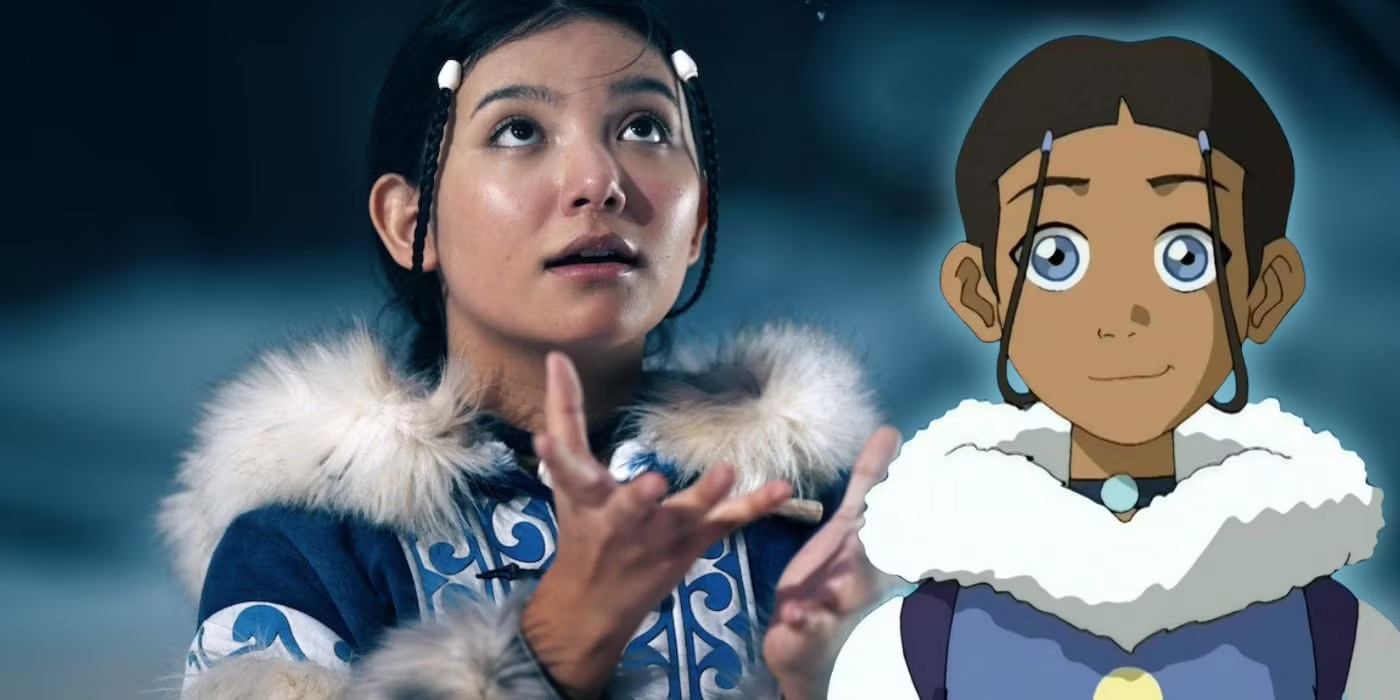
Round 3: Funnel Stage Performance
Across a full funnel, different jobs need different tools. At the very top, attention is scarce. A cartoon avatar creates pattern breaks, quick humor, and a safe on‑ramp — great for scroll‑stopping and quick value hooks. In the middle, prospects weigh options. A realistic avatar helps deliver nuanced explanations and product specifics. At the bottom, when money changes hands, humans want proof and reassurance — realism again tends to help. There are exceptions, but this sequence works well as a starting playbook.
- TOFU (awareness): use cartoons to earn the click — hooks, comparisons, myths vs facts, light demos.
- MOFU (consideration): use realism for detailed walkthroughs, customer stories, and objection handling.
- BOFU (decision): use realism for testimonials, guarantees, pricing pages, and founder messages.
- Post‑purchase: pick the job. Onboarding flows benefit from clarity (realism), while retention nudges and community posts can use cartoons to keep energy up.
- How to validate: run style‑by‑stage tests with matched creative length and scripts; hold the CTA constant to see true style impact.
Aligning avatar type with the right funnel stage isn’t just about aesthetics — it’s about matching intent with delivery. When the visual style complements the viewer’s mindset at each step, you reduce friction, improve message retention, and make every click, view, and CTA count.
Round 4: Cultural Adaptability & Localization
When your audience spans regions, cultures, and languages, avatar style can make or break relatability. Realistic avatars often require fine‑tuned facial features, attire, and gestures to resonate across geographies — customization that can be time‑intensive but pays off in authenticity. Cartoon avatars, by contrast, can sidestep cultural bias more easily with neutral designs, abstract features, and universal symbolism. This makes them easier to adapt quickly for global campaigns.
- Where realism excels: targeted regional campaigns where mirroring the audience’s appearance and mannerisms boosts trust.
- Where cartoons excel: global launches where speed and broad appeal matter more than hyper‑local detail.
- Pitfalls: overly generic realism that alienates diverse viewers; cartoons that unintentionally resemble culturally sensitive imagery.
- Test tip: run localized A/B tests to see whether cultural specificity outweighs speed of deployment in ROI.
Whether you’re tailoring a message for a single market or scaling across borders, cultural adaptability plays directly into brand perception and conversion. Taking the time to match your avatar’s look and feel to local expectations can improve relevance, speed up adoption, and protect your campaigns from avoidable missteps.
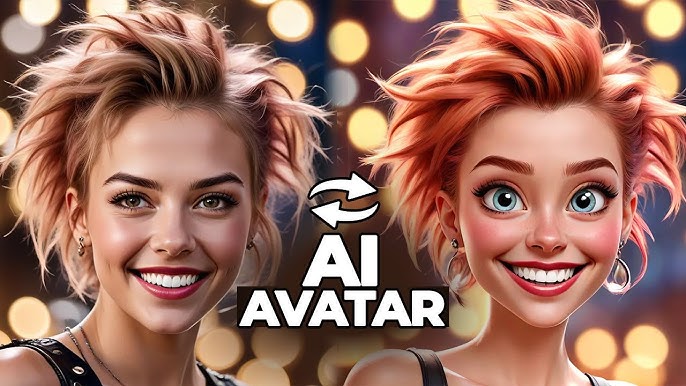
Round 5: Production Speed & Cost Efficiency
Budgets and timelines can dictate creative style as much as strategy. Realistic AI avatars often need higher processing power, longer render times, and precise scripting to avoid uncanny moments — raising both cost and lead time. Cartoon avatars tend to be quicker to iterate, cheaper to produce at scale, and less risky to tweak post‑launch. However, their lower cost doesn’t always equal better ROI if they underperform in your key funnel stages.
- When realism is worth it: high‑impact campaigns with long shelf‑life and big‑ticket outcomes.
- When cartoons are better: rapid‑fire content calendars, seasonal pushes, and test‑and‑learn sprints.
- Watch‑outs: rushing realistic production can result in quality dips that harm trust; over‑reliance on cheap cartoon output can lead to brand fatigue.
- Measurement tip: compare cost‑per‑conversion (CPC) and lifetime value, not just cost‑per‑asset.
Balancing production speed with cost efficiency requires a clear view of long‑term returns. The cheapest option upfront isn’t always the most profitable over time, and higher investment in quality can pay for itself through stronger conversions and brand equity.
Round 6: Accessibility & Inclusivity
Not every viewer engages with content the same way. Realistic avatars can leverage accurate lip‑sync, facial expressions, and body language to aid comprehension for audiences with cognitive or hearing challenges. Cartoon avatars can offer high-contrast visuals, simplified motion, and reduced cognitive load, helping neurodiverse viewers process information more efficiently. Balancing inclusivity means understanding your audience’s accessibility needs and matching the avatar style accordingly.
- When realism shines: instructional content, customer service, and contexts where human‑like cues improve understanding.
- When cartoons shine: educational content for children, users with sensory sensitivities, or high‑volume information feeds.
- Risks: overly complex realism can overwhelm some viewers; overly minimal cartoons may remove helpful cues.
- Practical step: conduct user testing with accessibility focus groups to ensure the style supports engagement.
Note: Accessibility isn’t just a compliance box, it’s a competitive edge. Choosing the right generator to accommodate varied needs makes your content more inclusive, widens your audience reach, and ensures no potential customer is left behind.
Round 7: Emotional Resonance & Storytelling Power
Great campaigns don’t just inform, they connect emotionally. Realistic avatars can convey subtle emotions through micro‑expressions, tone shifts, and natural body language, making them ideal for heartfelt testimonials, founder messages, or cause‑driven storytelling. Cartoon avatars excel at exaggeration, symbolism, and visual metaphor, which can make stories more memorable, whimsical, or universally relatable. The right choice depends on whether your narrative leans on authenticity or imaginative flair.
- When realism resonates: campaigns aiming to inspire trust, empathy, or seriousness.
- When cartoons resonate: stories where humor, fantasy, or creative exaggeration deepen engagement.
- Risk factor: mismatching tone to medium — serious content in a slapstick style can confuse or alienate.
- Action tip: storyboard your emotional beats first, then select the avatar style that best amplifies them.
- Data insight tip: track not just CTR and conversions, but also engagement drop‑off points to see if avatar style impacts content fatigue.
Don’t forget, storytelling impact hinges on choosing a style that reinforces (& not dilutes) your intended emotion. The more naturally the avatar conveys your narrative tone, the more likely it is to forge a lasting connection and inspire meaningful action from your audience.
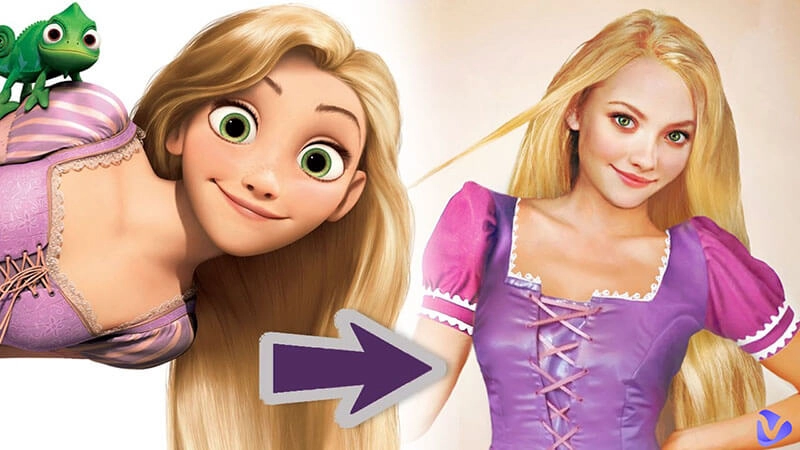
Round 8: Data‑Driven Optimization Potential
How easily can you refine your creative over time? Realistic avatars often require more production effort for changes, especially if you need to adjust facial expressions or gestures in sync with new scripts. Cartoon avatars, with their modular design, can be altered faster — making them ideal for iterative A/B testing. If your marketing strategy relies on constant experimentation, cartoons can help you adapt without heavy lift.
- Where realism works: long‑form or evergreen content where you don’t expect frequent changes.
- Where cartoons win: performance‑driven campaigns with rapid testing cycles.
- Watch out for: over‑testing with cartoons that causes visual inconsistency and weakens brand recall.
- Optimization tip: regardless of style, keep your core elements — brand colors, typography, framing — consistent while testing variations.
In essence, the agility of your creative process can dictate campaign performance as much as the content itself. Selecting an avatar style that facilitates quick, consistent, and meaningful iterations enables you to stay ahead in competitive markets.
Round 9: Compliance & Risk Management
In regulated industries, avatar style can impact both perception and legal safety. Realistic avatars can inadvertently create legal complications if they closely resemble real individuals without consent. Cartoon avatars, being more abstract, reduce this risk and make it easier to avoid likeness rights issues. That said, realism can still be used safely with proper licensing and clear disclosure. The compliance decision often comes down to how closely you want to mimic reality.
- When realism is safe: licensed likenesses, internal comms, or use in unregulated sectors.
- When cartoons are safer: large‑scale public campaigns where likeness disputes could be costly.
- Pitfall: assuming cartoons are always risk‑free — they can still infringe if they copy distinctive designs.
- Risk tip: involve legal review early in avatar creation to avoid costly reworks.
Ultimately, risk management is about protecting both your brand’s reputation and its financial well-being. A thoughtful approach to avatar style, backed by proper clearances and legal foresight, can prevent disputes, safeguard trust, and keep campaigns running smoothly without unexpected interruptions.
Round 10: Longevity & Content Shelf Life
Some campaigns are designed to run for weeks, while others stay live for years. Realistic avatars tend to age more quickly if design trends shift or if subtle AI generation flaws become more noticeable over time. Cartoon avatars, thanks to their stylized nature, can feel timeless for longer and avoid looking outdated as quickly. This can make them more cost‑effective for evergreen content.
- Where realism lasts: content tied to a fixed timeframe, & testing, product launch, or short‑term campaign.
- Where cartoons last: evergreen video explainers, onboarding videos, and brand mascots.
- Risk to watch: keeping a realistic AI avatar live too long can make it feel stale or technically dated.
- Longevity tip: plan periodic refreshes — especially for realism — to maintain perceived quality and relevance.
Choosing the right style here is about more than keeping your visuals fresh. It’s about sustaining audience interest and trust over the long term. A well‑planned refresh strategy ensures your creative doesn’t just last, but continues to feel relevant and impactful every time it’s seen.
.png)
Implementation Tips & Best Practices For Creating AI Avatars That Convert
Understanding the theory is one thing — putting it into practice is another. When you decide between realistic and cartoon avatars, create a simple decision framework for your team.
Factor in audience demographics, campaign goals, budget, production timeline, and compliance requirements. Maintain a style guide that defines tone, colors, and motion principles for each avatar type to ensure brand consistency.
Additionally, schedule quarterly reviews of your avatar creator & its performance data to identify early signs of fatigue or misalignment and make adjustments before conversions decline.
Here are 12 practical tips for creating AI avatars that convert:
- Define the avatar’s role and purpose before starting design.
- Match style (realistic or cartoon) to audience demographics and expectations.
- Keep facial expressions clear, relatable, and on‑brand.
- Choose wardrobe and colors that align with brand identity.
- Ensure smooth, natural motion or animation to avoid distraction.
- Optimize lighting and contrast for clarity across devices.
- Localize features, attire, and gestures where cultural relevance matters.
- Maintain consistency in framing and background for recognizability.
- Test multiple poses and gestures to find the most engaging.
- Keep file sizes and render quality optimized for platform performance.
- Consider accessibility features such as high contrast or accurate lip sync.
- Review avatars periodically to update or refresh for relevance.
A strong implementation process ensures your avatars consistently reinforce your brand identity and objectives. By following these best practices and regularly monitoring performance, you set the stage for higher engagement, stronger trust, and better conversion outcomes over time.
FAQs or Frequently Asked Questions
Q: Which avatar style generally converts better across most industries?
It depends on your funnel stage and audience. Realistic avatars often excel at mid‑ and bottom‑funnel stages where trust and detail matter, while cartoons typically capture top‑funnel attention more effectively.
Q: Can I use both realistic and cartoon avatars in the same campaign?
Yes. Many brands strategically blend them, using cartoons for awareness and engagement, then transitioning to realistic avatars for deeper education and conversion.
Q: Are cartoon avatars always cheaper to produce?
Not always. While they can be faster and less resource‑intensive, high‑quality animated cartoons with custom designs can cost as much (or more) than realistic AI avatar production.
Q: How do I test which style works best for my audience?
Run controlled A/B tests with identical scripts, CTAs, AI spokesperson and distribution channels. Compare metrics such as CTR, watch time, and conversion rate to determine the winner.
Q: What’s the biggest mistake brands make when choosing an avatar style?
Mismatching the tone of the avatar to the content’s intent. It’s like using a playful cartoon for serious medical information or a stern realistic avatar for lighthearted entertainment.

Conclusion
The debate of realistic AI avatars vs cartoon avatars isn’t about picking a universal winner. It’s about finding the right fit for your brand’s voice, audience, and goals. Each style brings unique strengths, from realism’s credibility and emotional nuance to cartoons’ approachability and creative flexibility. The smartest marketers test, measure, and adapt, often using both styles at different funnel stages to maximize engagement and conversions.
If you’re ready to see the difference firsthand, try creating your own custom AI avatars on Gan.AI. In just minutes, you can craft, customize, and deploy avatars that match your campaign’s tone and objectives. Sign up for FREE today and start experimenting. Then, let your data decide which avatar truly converts better for your audience.






